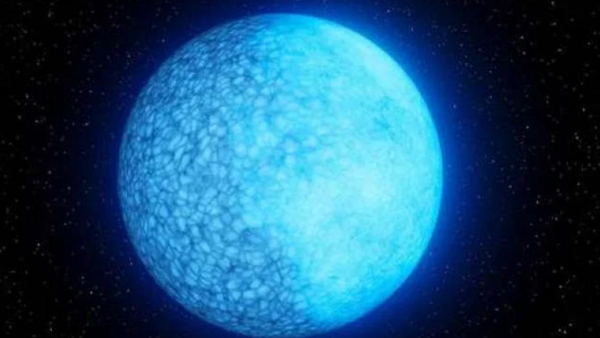The discovery of a star with two faces... and it rotates around itself every quarter of an hour

Astronomers have discovered a strange star that has two completely different faces, consisting of hydrogen on one side and helium on the other.
This newly discovered white star has been given the name "Janus" (or Janus). It is located more than 1,000 light-years away in the constellation Cygnus, and is known by the official scientific name ZTF J203349.8+322901.1.
Scientists explain this strange phenomenon that it may be caused by the rare evolution of the burning sun. It has been observed that the surface of Janus completely changes from side to side, much to the astonishment of scientists.
Observations indicate that this type of white dwarf may convert from hydrogen to helium on its surface. The images show that the hydrogen side appears brighter and clearer than the bubbling helium side.
The strange phenomenon is the mixing of materials on the surface of the star, and this phenomenon is known as “convection”. On the helium side, the thin layer of hydrogen on the surface is destroyed, causing the helium to appear underneath.
White dwarfs are the burnt-out remnants of giant stars, and they form when stars collapse in on themselves after exhausting their fuel. After white dwarfs form, the outer material of the star fades and shrinks into small, dense white dwarfs. The sun, for example, is one of the stars that will evolve into a white dwarf after about five billion years.
Janus was discovered by the Zwicky Transient Facility (ZTF), a scanner located at Palomar Observatory near San Diego. Researchers hope to find more Janus-like white dwarfs using ZTF's sky survey.
The study was published in the journal Nature.

